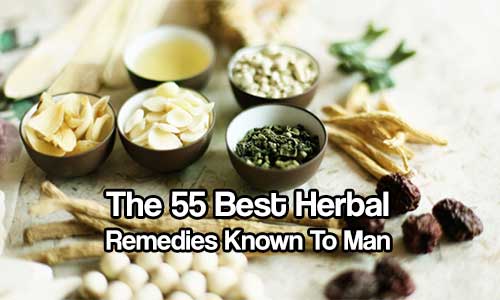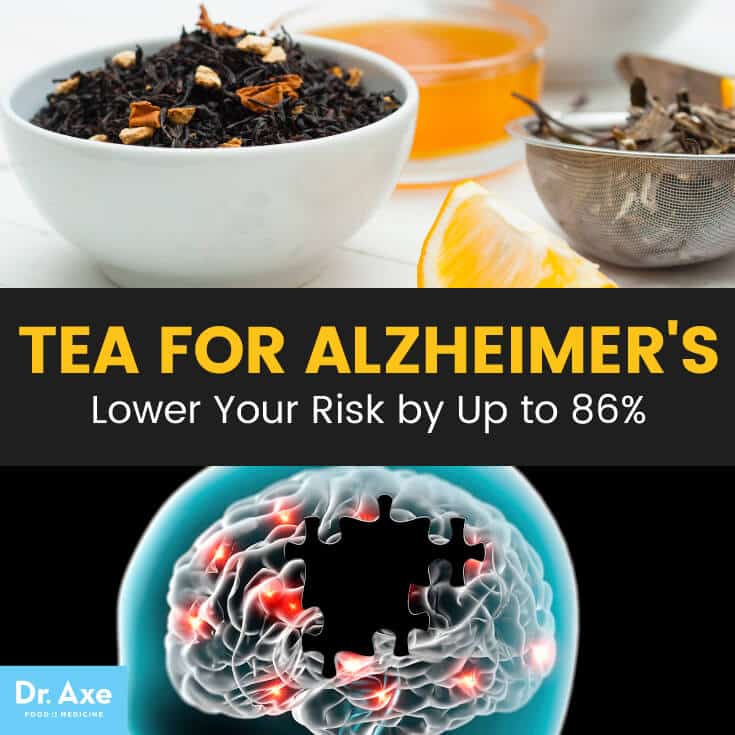Prana is a Sanskrit word literally meaning “life-force” – the invisible bio-energy or vital energy that keeps the body alive and maintains a state of good health. The Japanese call this subtle energy Ki, the Chinese Chi, while the Greeks refer to it as Pneuma. In Polynesian it is known as Mana, and in Hebrew, Ruah – meaning “Breath of Life.”
Pranic Healing is a form of energy healing which makes use of Prana, or vital energy, in the treatment of a wide variety of ailments. As an art and science, Pranic Healing was widely practiced in ancient civilizations in China, Egypt and India. In Pranic Healing, cure is effected by simply removing diseased energies from the patient’s invisible energy body and by transferring fresh vital energy (Prana) to the affected areas with the use of the hands. Using a scientific “no-touch” methodology, Pranic Healing can prevent, alleviate, and heal a whole spectrum of physical, emotional, and mental ailments. Because the methods are simple and fairly easy to understand, anyone can learn and apply pranic healing in no time at all.
Scientific evidence provides tangible proof of the existence of the energy body and its relation to the health and well-being of the physical body. Based on the scientific experiments conducted by the eminent Russian scientist, Semyon Kirlian, photographs taken of humans, animals and plants through an ultrasensitive camera process showed a colorful, radiant energy field surrounding the physical body. This energy field, or aura, interpenetrates the visible physical body, extending about 4 to 5 inches from the skin’s surface. Experiments in Kirlian photography have also revealed that diseased energies appear first in the energy body before manifesting as a physical ailment. Further experiments have produced dramatic evidence that a person’s thoughts and emotions substantially affect the color, brilliance, and vitality of his energy body.
Simple physical disorders like headaches, toothaches, coughs, sore throats, fever, stomach aches, diarrhea, dysmenorrhea, muscle pain, sprains, and minor burns;
Severe ailments, tuberculosis, hypertension, heart problems, hepatitis, myomas, cysts, migraine, arthritis, and epilepsy;
Emotional and mental disorders like stress, tension, anxiety, depression, phobias, manias, paranoia, schizophrenia, and other related ailments.
Pranic Healing is not intended to replace modern medicine. Rather, this ancient healing methodology is intended to complement conventional medical practices as well as other alternative healing methods.
The teacher who has reintroduced the ancient science and art of pranic healing to the world is Master Choa Kok Sui. A Chinese-Filipino scientist, educator, and philanthropist, he has written three practical manuals on pranic healing The Ancient Science and Art of Pranic Healing (1987), The Ancient Science and Art of Pranic Psychotherapy (1989), and Advanced Pranic Healing (1992). His works are the distillation of over 20 years of studies and experimentation, and are published in over 12 languages around the world.
From his writings, the following Pranic Healing Courses were developed: a) Basic Pranic Healing Course (for treating simple ailments); b) Advanced Pranic Healing Course (the use of color prana and advanced healing techniques for treating severe ailments); and, c) Pranic Psychotherapy Course (for treating psychological and psychiatric ailments using advanced pranic healing techniques).
As vehicles for disseminating his teachings, Master Choa KoK Sui founded the Institute for Inner Studies, Inc. and the World Pranic Healing Foundation, Inc.
Original article and pictures take www.corespirit.com site



